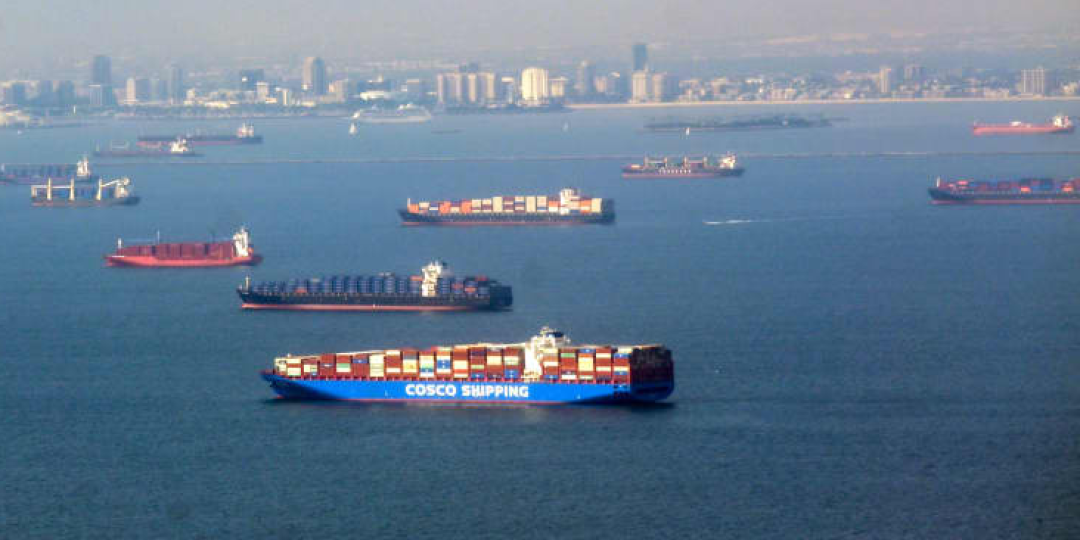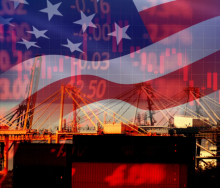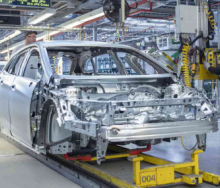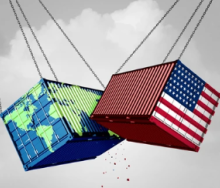Box ships continue to cram into leading ports across the world, with 37.8% of vessels from the global container fleet idling at berth or anchorage while waiting to be worked, shipping services provider Clarksons has found through its port congestion index (PCI).
This figure, recorded last Thursday by the London consultancy’s PCI, is an increase on the previous congestion high reported in October last year.
Moreover, the new low in port throughput seems clear considering that the average level of port congestion stood at 31.5% prior to the coronavirus outbreak in 2019/2020.
The high level of box ship build-ups at port has a knock-on effect on global inflation rates, which are threatening to spiral even higher on the back of Covid-19 lockdowns being implemented once again in China (see story about the global economy posted today).
From data viewed this morning, congestion in the US appears to be a primary driver of bottlenecking, with vessels at the Port of Los Angeles waiting five to 24 days on average to be offloaded.
At its sister port of Long Beach, congestion is slightly eased, with delays adding five to 12 days in waiting time.
Out on America’s east coast, ports like Savannah are also clogging up fast, with waiting times exceeding 10 days.
According to research and analysis resource Sea-Intelligence (SI), the truck driver strike of 70 000 workers in California alone has impacted the already constrained ports of LA and Long Beach.
A shortage of engineers on the rail side is also not helping to ease a build-up of some 30 000 containers waiting to move into the US interior, despite efforts by the Biden administration to expedite rail freight in a bid to unblock the country’s ports.
The States is also not alone in battling labour action in its supply chain sector during a very difficult time, with almost 200 000 TEUs delayed at European ports like Hamburg and Bremerhaven because of dock-worker strikes, SI has reported.













